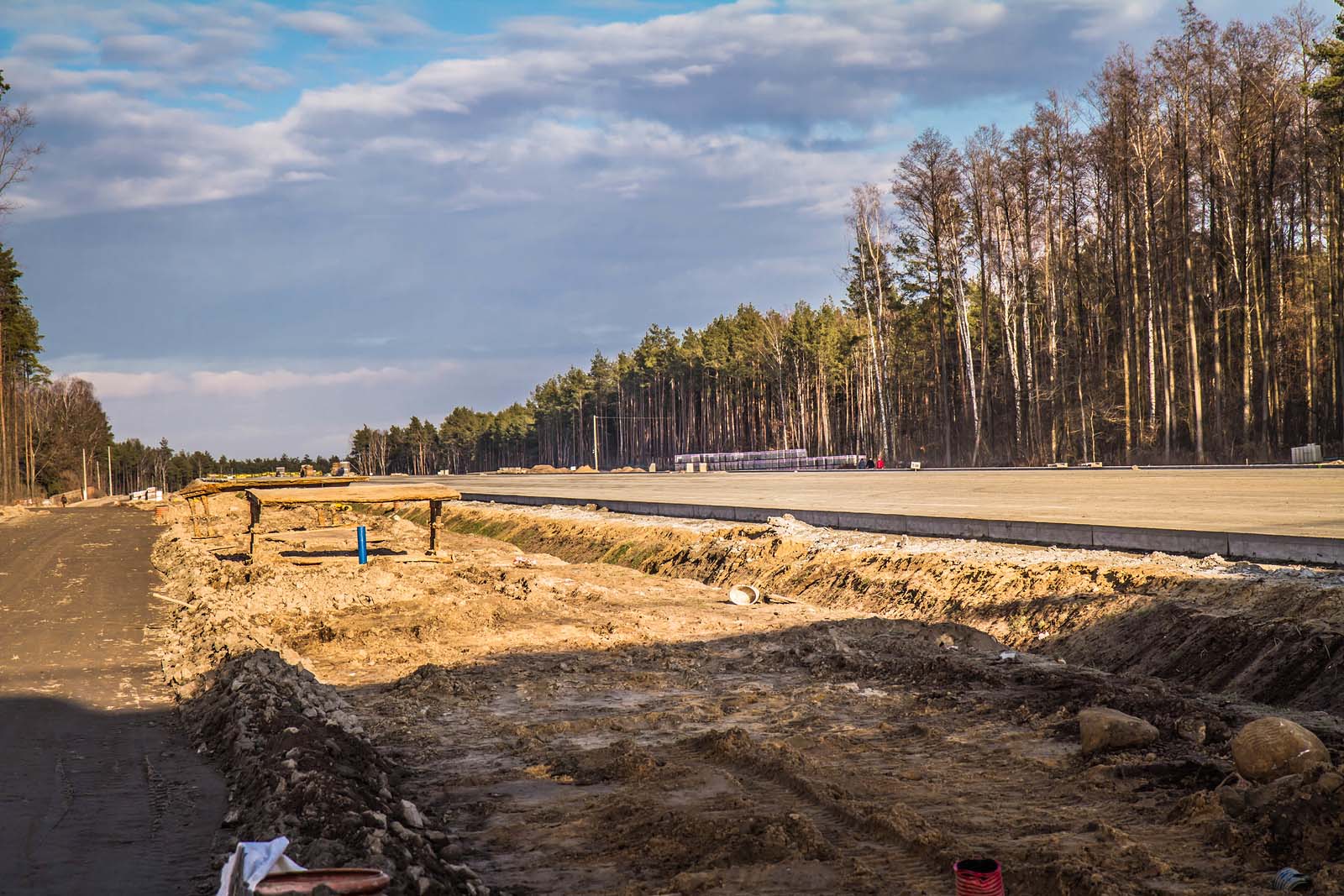

INSIGHT
Construction industry is feeling the effects of COVID-19
Connect with us
The construction industry entered 2020 with high optimism despite many unknowns. From labor shortages and increasing materials costs to the upcoming presidential election, many companies were already preparing for an unpredictable year. That uncertainty has compounded as the coronavirus (COVID-19) pandemic continues with no foreseeable end in sight.
No one can predict the full extent of how COVID-19 will affect the industry, however some major areas of concern are already being felt as the spread of the virus is causing a rapid disruption of activity.
Project Delays and Cost Overruns
Prior to the arrival of COVID-19 there was major concern among contractors regarding skilled worker shortages and the impact on project schedules and costs. Even as some construction projects are delayed, new concerns are mounting as workers become infected, sick and quarantined. In response, many construction companies will be reviewing contract agreements to see if timely performance is excused by the shortages caused by this virus and if they will be able to recoup any cost overruns. Project owners will be doing the same and possibly terminating contracts in hopes they can hire a contractor who is able to complete the project in a timely manner.
To make matters worse many contractors were also already dealing with materials shortages due to the supply chain shutdowns in China. These shutdowns, and the need to find new sources, have increased costs and caused substantial delays. Standard contracts allow for material substitutions under certain circumstances and where there is a cost saving for the owner. When the cost is higher, the contractor is usually solely responsible for the difference.
Economic Uncertainty
With the numerous announcements of halted construction and project delays, many in the industry are concerned that the coronavirus will spark a recession. Indicators are already pointing in that direction as GDP forecasts are now predicting a .5-1% decline in Q1 and possibly a 6% decline in Q2.
Continuing the trend from 2019, construction spending growth in 2020 was already predicted to be coming from public dollars. A weakening economy will widen this gap as private investors place a greater focus on risk mitigation and conservative underwriting.
The good news is government agencies are already working to help mitigate the anticipated economic effects of the virus by lowering interest rates and providing stimulus packages including disaster assistance loans to small businesses through the Small Business Administration (SBA). A Phase 2 stimulus package was passed on March 18th and others are in the proposal stage.
Moving Forward
While there are a lot of unknowns at this time, one thing everyone can agree on is that this crisis is changing not only how we do business now but also how we will do things in the future.
After quarantines lift and activity picks up again, it will take time to ramp up as organizations work through backlogs and transportation networks resume normal operations. Through collaboration, contractors, architects, engineers and construction managers can help lessen the impact of situation and work together to complete projects in a timely manner.
Tell us about your project
We’d love to work with you. Tell us the services you are seeking and one of our team members will connect with you.